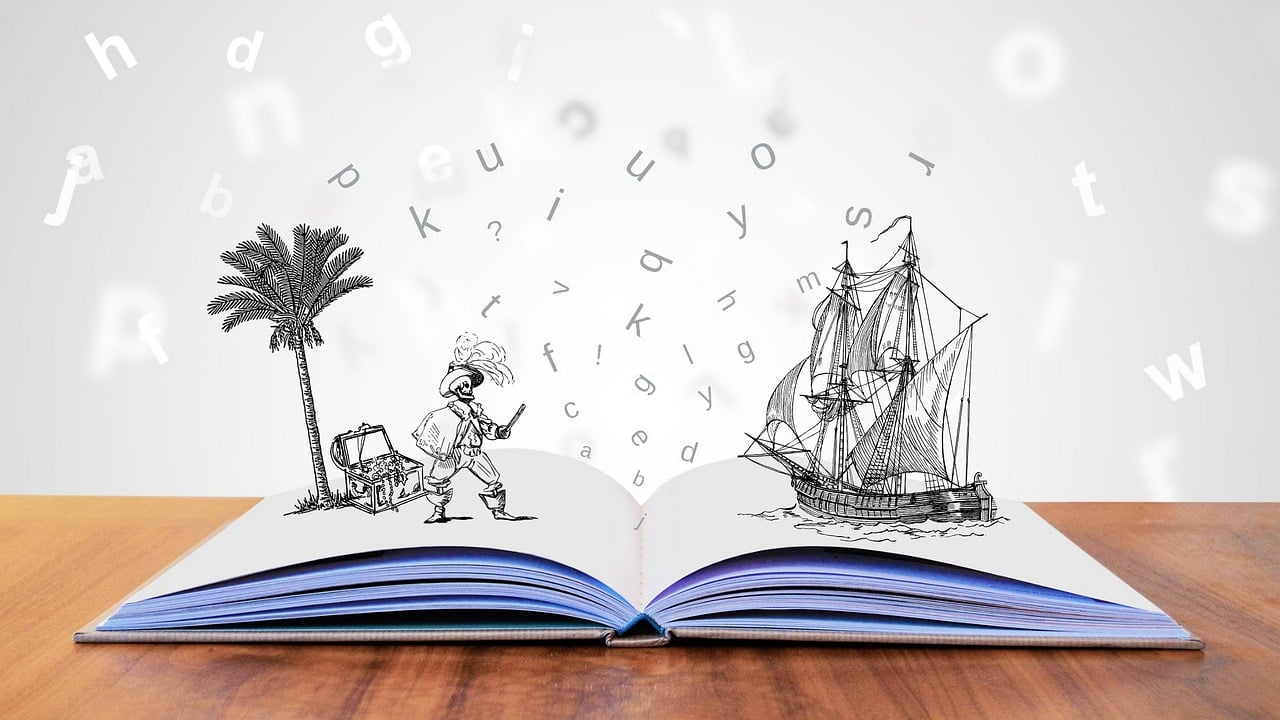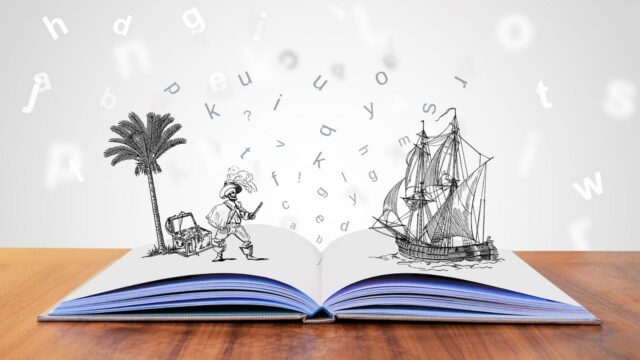In the digital age, where content is abundant and attention spans are short, storytelling has emerged as a powerful tool for bloggers. Mastering the art of storytelling can transform your blog from a mere collection of words into an engaging narrative that resonates with your audience. This article delves into the nuances of storytelling in blogging, providing practical insights on how to craft authentic narratives that captivate readers.
The Importance of Storytelling in Blogging
Storytelling is not just an art; it’s a skill that can enhance your blogging experience. Here’s why it matters:
| Benefit | Description |
|---|---|
| Connection | Authentic stories create a bond between the writer and the audience. They allow readers to relate to your experiences, making them feel understood. |
| Memorability | People are more likely to remember stories than facts or statistics. A well-told story sticks with the reader long after they’ve finished reading. |
| Engagement | Stories draw readers in and keep them engaged. When your audience is invested in your narrative, they are more likely to share your content. |
“Storytelling is the most powerful way to put ideas into the world today.” — Robert McKee
Elements of a Good Story
To master storytelling in your blog, it’s essential to understand the key elements that make a story compelling:
| Element | Description |
|---|---|
| Character | Every story needs a protagonist. This could be you, a client, or even an abstract concept. |
| Conflict | Conflict is what drives a story forward. It creates tension and intrigue, compelling readers to find out what happens next. |
| Resolution | Every good story culminates in a resolution. It provides closure and satisfaction, leaving readers with a sense of completion. |
| Theme | The underlying message or lesson of your story is crucial. A strong theme resonates with readers and adds depth to your narrative. |
Crafting Your Narrative
When writing your blog, consider these steps to craft an authentic narrative:
- Identify Your Purpose: What do you want to convey? Whether it’s a lesson learned or an experience shared, knowing your purpose will guide your storytelling.
- Create a Hook: Start with a compelling introduction that grabs the reader’s attention. This could be an interesting fact, a provocative question, or a vivid description.
- Develop Your Characters: Flesh out your characters by sharing their backgrounds, motivations, and challenges. This helps readers connect with them on a personal level.
- Build the Conflict: Introduce obstacles that your characters face. This creates tension and keeps readers engaged.
- Resolve the Conflict: Conclude your story with a satisfying resolution that ties up loose ends and reinforces your theme.
Authenticity in Storytelling
Authenticity is the cornerstone of effective storytelling. Here’s how to ensure your narratives are genuine:
| Tip | Description |
|---|---|
| Be Honest | Share your true experiences and feelings. Authenticity builds trust with your readers. |
| Show Vulnerability | Don’t be afraid to share your struggles and failures. This humanizes you and makes your story relatable. |
| Use Your Voice | Write in a style that reflects your personality. Your unique voice is what sets you apart from other bloggers. |
Engaging Your Audience
Once you’ve crafted your narrative, it’s time to engage your audience:
| Strategy | Description |
|---|---|
| Encourage Interaction | Ask open-ended questions at the end of your blog to prompt readers to share their thoughts and experiences. |
| Utilize Visuals | Incorporate images, videos, or infographics that complement your story. Visual elements enhance the reader’s experience and understanding. |
| Promote Sharing | Make it easy for readers to share your story on social media. The more they share, the wider your narrative reaches. |
Techniques for Effective Storytelling
To further enhance your storytelling, consider these techniques:
| Technique | Description |
|---|---|
| Show, Don’t Tell | Use descriptive language to paint a picture for your readers. Instead of saying, “I was scared,” describe your heart racing and palms sweating. |
| Use Dialogue | Incorporate conversations to bring your characters to life. Dialogue adds realism and helps readers connect with your characters. |
| Pacing | Vary your pacing to maintain reader interest. Slow down during emotional moments and speed up during action scenes. |
| Imagery | Use sensory details to engage readers’ senses. Describe sights, sounds, smells, tastes, and textures to create a vivid experience. |
Examples of Effective Storytelling in Blogging
Analyzing successful bloggers can provide valuable insights into effective storytelling techniques. Here are a few examples:
| Blogger | Storytelling Technique | Overview |
|---|---|---|
| Brené Brown | Vulnerability and Authenticity | Brown shares personal anecdotes that illustrate her research on vulnerability, creating a powerful connection with her audience. |
| Neil Gaiman | Rich Imagery and Metaphor | Gaiman often uses rich imagery and metaphor in his storytelling, which captivates readers and draws them into his narrative world. |
| Maria Popova | Thoughtful Reflection | Popova combines personal insights with curated content, weaving a narrative that encourages readers to reflect on their own experiences. |
Building Your Story Framework
To ensure your story flows logically, consider creating a framework. Here’s a simple table to outline your story:
| Section | Details |
|---|---|
| Introduction | Hook the reader with an engaging opening. |
| Setting | Describe the context in which your story takes place. |
| Characters | Introduce the main characters and their motivations. |
| Conflict | Present the main challenge or obstacle faced by the characters. |
| Climax | Build up to the most intense point of the story. |
| Resolution | Conclude the story with a satisfying resolution and reinforce the theme. |
| Call to Action | Encourage readers to reflect on the story or take specific actions. |
Conclusion
Mastering the art of storytelling in blogging is an invaluable skill that can elevate your content and strengthen your connection with readers. By crafting authentic narratives that resonate, you can transform your blog into a space that not only informs but also inspires. Remember, every story you tell is an opportunity to engage, educate, and entertain your audience. Embrace the power of storytelling and unleash your authentic voice today!
Final Thoughts on Storytelling in Blogging
As you embark on your journey to become a master storyteller, keep in mind that practice is key. The more you write and experiment with different storytelling techniques, the more your unique voice will shine through. Don’t hesitate to share your personal experiences, as they can provide valuable insights to your readers. With dedication and creativity, you’ll be well on your way to crafting narratives that captivate and inspire.









